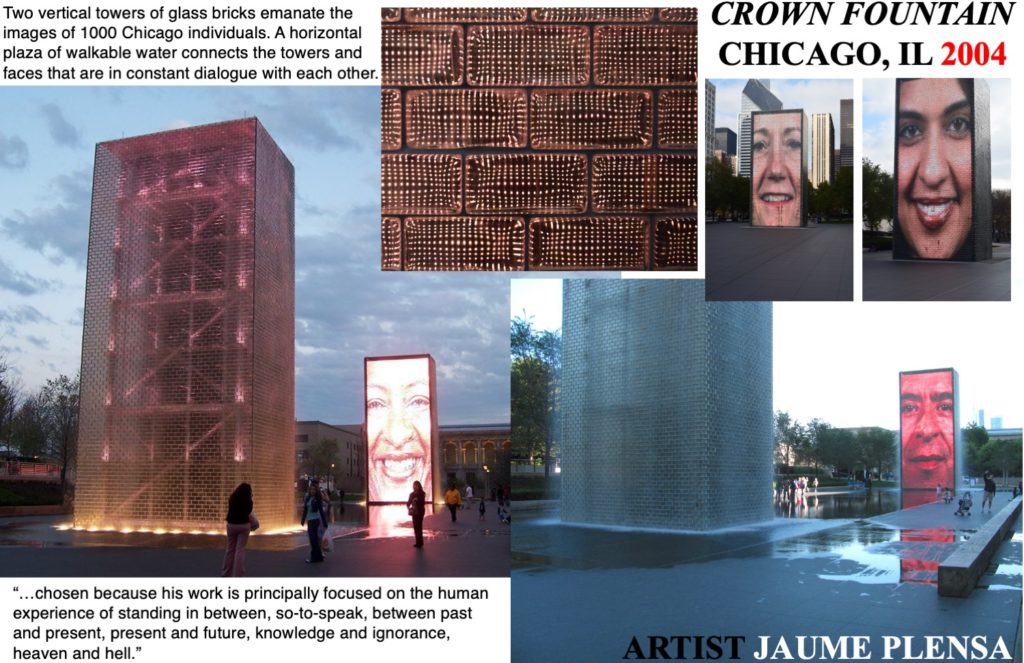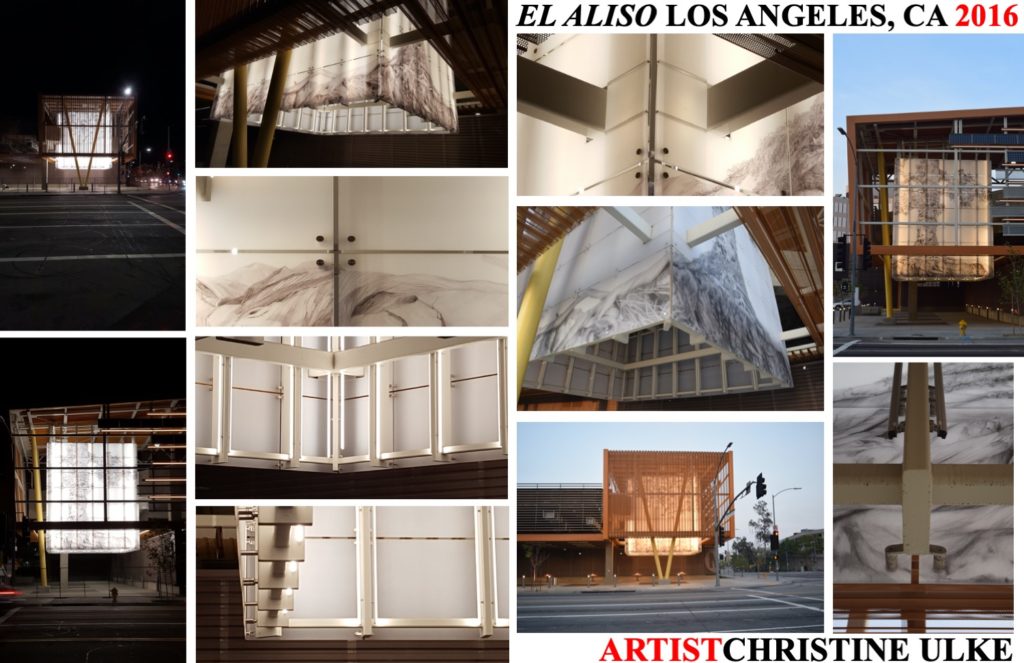Art is the only way to run away without leaving home.
~ Twyla Tharp
LIGHT WELLS
ARCHITECTURAL LOCATION / CONTEXT
On the Lower Garage Level, adjacent to the motorcourt, a “lightwell” exists at each end of the pool glass floor. Architecturally, the “lightwells” are intended as large-scale “light fixtures” to focus natural and artificial light on the pool below, provide nighttime lighting for the visual privacy from neighbors, and serve as “guardrails” enclosing the glass floor at each end. The “lightwells extend down through the glass pool floor and hang above the upper level. On the Upper Level the lightwell hangs directly above you as you stand at the end of the pool at the “front door”. Depending on their final resolution, one can look up through the lightwell to the open sky above with the same ability to do so at the second “lightwell” at the other end of the pool. When swimming in the pool, the two “lightwells” hang down, suspended at either end of the pool helping define the pool’s urban enclosure spatial qualities.
There is the opportunity to see the “lightwell” surfaces and or light emanating from them from multiple locations and vantage points in the house from the entry motorcourt and adjacent pool glass floor, from the pool and spa, from the gym, from the exterior roof deck, from the interior secondary entry stair, and from the front door entry sequence. They can be seen from above, at varying elevations, and from below. Depending on the artistic resolution, the “lightwells” can be seen simultaneously from the various vantage points or only as the body moves through space.
Two examples of Site Specific “light boxes”, Crown Fountain by Jaume Plensa and El Aliso by Christine Ulke.
The ”lightwell” volumes offer the opportunity to use their surfaces to emanate light and or images or act as screens on which to project light and or images. Each volume potentially has four usable outer surfaces and a usable top and bottom surface or four usable outer and four usable inner surfaces with the top and bottom open. It must be determined if the lightwells are treated as volumes or surfaces or toggle between volumes and surfaces. The “lightwells” could employ static and or dynamic light (intensity and or color) and or static and or dynamic images. The “lightwells” could be purely about light and phenomenological perception. The “lightwells” could use images to express a narrative or story of unlimited subjects and particular or universal themes. Sound could be introduced as an integral part of the “lightwell” experience.
Answers to these opportunities will inform how the surfaces of the individual lightwells are used in isolation or in combination and then how the surfaces of the two lightwells are combined in ways that create permanent and or ephemeral spatial connections and interactions. There is the potential for the “lightwells” to not only interact with themselves, but also interact with inhabitants and guests by reacting to their presence in various ways with light, projection, and sound. People could interrupt projection and physically become part of an interactive work. The “lightwells” offer the opportunity to create a site-specific piece that ignores or embraces human presence, is an artwork primarily about content or method, and is an isolated piece(s) or an ensemble. The “lightwells” also offer the opportunity to reconcile many of these distinctions.
“LIGHTWELLS”
Coming Soon Coming Soon Coming Soon Coming Soon Coming Soon Coming Soon Coming Soon Coming Soon Coming Soon Coming Soon Coming Soon Coming Soon Coming Soon Coming Soon Coming Soon Coming Soon
I don’t know if I believe in art. I certainly believe in light.
~James Turrell


